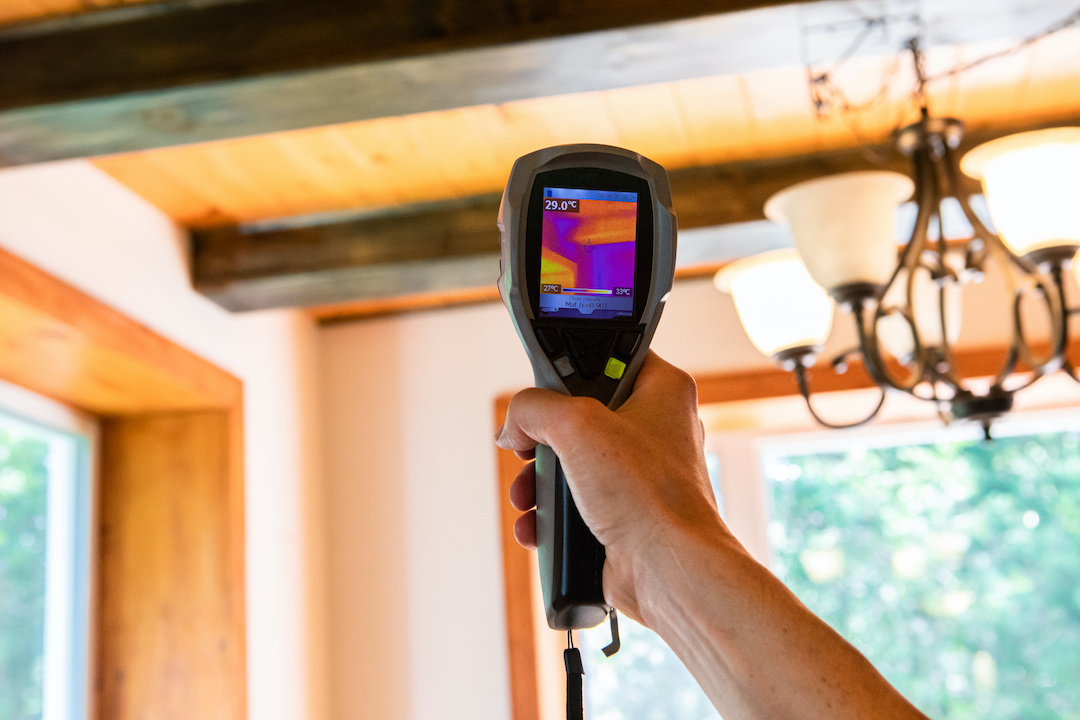Let’s be frank — having to deal with mold is extremely difficult and concerning for the average homeowner. As a result, most homeowners rely on professional contractors to handle their mold problems. However, many people often believe that mold remediation is a treatment and not a multistep removal process. Here at Mold Solutions, we not only inspect and remediate we also work with the homeowner to identify solutions for prevention.
We are here to take a deep dive and give you a better understanding of mold remediation and its process.
What Is Mold Remediation?
Mold remediation is a multistep removal process that aims to return out-of-control fungi to natural levels. Simply put, think of remediation as a way to return to normal, as it won’t get rid of mold spores entirely. However, it will address the main causes of the outbreak and prevent further infestations.
The Steps of Mold Remediation
As previously mentioned, mold remediation is a complex multistep removal process. And while the process differs from one contractor to another, there are a few steps that are common among each professional.
1. Inspection
The first step of mold remediation is inspection, during which the contractor looks for any visible signs of mold and water damage. They may also need to take air samples to find out what kind of mold you are dealing with. In fact, the process may vary from one type of mold to the other, so proper inspection and testing are essential.
2. Containment
Once the main areas of the outbreak have been identified, the contractor will seal off the area from the remainder of the property. Besides doors and windows, they may also shut off heaters, fans, and cooling systems throughout the house. The goal is to prevent the spread of mold into other areas of your home and make the remediation process much safer.
3. Air Filtration
Depending on the extent of infestation and the area being treated in the property, they might use special HEPA-filtered vacuums and/or HEPA Air Scrubbers to remove leftover/airborne spores.
4. Mold Removal
During this step, the contractor will use antifungal and antimicrobial agents to clean and remove existing colonies of mold. The method of removal depends on the infested surface, as some require special attention. On the one hand, non-porous locations such as sinks, or bathtubs are easier to clean and disinfect. On the other hand, infested wood floors and walls may need to be removed and replaced.
5. Prevention
First, if you want to prevent mold from growing in your home, you need to prevent excessive moisture. For example, wipe down your sinks and showers with a dry cloth immediately after using them. Also, if you have a water leak in your home, take care of it right away.
Next, you can try to prevent mold from forming by reducing humidity. The best way to do so is by installing a good ventilation system that will cycle the air outside of the home. But, if you don’t have one, you can also use your air conditioner or a dehumidifier to help. It’s important to remember to make sure you don’t turn a humidifier on high in the winter as you don’t want the interior of your windows to be covered in condensation.
What’s more, another great way to prevent mold is to check and clean your gutters at least twice a year. Replacing old gutters can be expensive, so it’s better to be safe than sorry and clean them often. Cleaning your gutters and downspouts regularly prevents rain from backing up and leaking into the walls and foundation of your home.
Mold Solutions Protects Your Home!
At the end of the day, mold spores are all around us thanks to Mother Nature and are part of our everyday life in a limited fashion. However, should you find yourself having an excessive problem, you don’t need to panic, as professional contractors such as Mold Solutions are here to help save your home. Thanks to our expert team, we are able to find, clean up and help prevent further mold outbreaks.
So why worry about mold when you can always rely on our professional mold remediation services?








